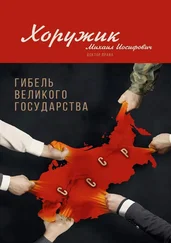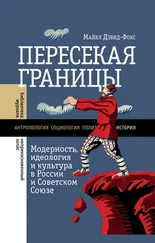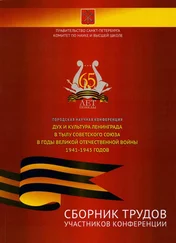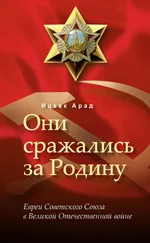Budnitskii О. The Intelligentsia Meets the Enemy: Educated Soviet Officers in Defeated Germany, 1945 // Kritika. 2009. Vol. 10. № 3. P. 629–682 [цит. с. 679–680].
О Совинформбюро см. введение Шимона Редлиха к книге: War, Holocaust and Stalinism: A Documented Study of the Jewish Anti-Fascist Committee in the USSR / Ed. S. Redlich. Luxembourg: Harwood Academic Publishers, 1995; Clark K. Ehrenburg and Grossman: Two Cosmopolitan Jewish Writers Reflect on Nazi Germany at War // Kritika. 2009. Vol. 10. № 3. P. 607–628.
Outline of Jewish Anti-Fascist Committee Goals February 5, 1942 // War, Holocaust and Stalinism. P. 196–197 [см. также с. 75]; Veidlinger J. The Moscow State Yiddish Theater: Jewish Culture on the Soviet Stage. Bloomington: Indiana University Press, 2000. Ch. 7. О запутанной истории публикации «Черной книги» см.: Asher H. The Soviet Union, the Holocaust, and Auschwitz // Kritika. 2003. Vol. 4. № 4. P. 886–912.
Gorlizki Y., Khlevniuk O. Cold Peace: Stalin and the Soviet Ruling Circle, 1945–1953. Oxford: Oxford University Press, 2004. P. 18 [Горлицкий Й., Хлевнюк О.В. Холодный мир: Сталин и завершение сталинской диктатуры / Пер. А.А. Пешкова. М.: РОССПЭН, 2011]; Россия и Запад: Формирование внешнеполитических стереотипов в сознании российского общества первой половины XX века / Ред. А.В. Голубев. М.: ИРИ РАН, 1998. С. 136–144.
Lovell S. From Isolationism to Globalization // The Shadow of War: The Soviet Union and Russia, 1941 to the Present. Oxford: Wiley-Blackwell, 2010. Ch. 9. Анализ фигуры Жданова как «фактотума» Сталина в деле «идеологической войны с Западом» и ряде кампаний против интеллигенции в 1946–1947 годах см. в книге: Gorlizki Y., Khlevniuk О. Cold Peace. P. 32–43.
The Roberts Cables // Origins of the Cold War: The Novikov, Kennan, and Roberts «Long Telegrams» of 1946 1 Ed. K.M. Jenson. Rev. ed. Washington, D.C.: United States Institute of Peace Press, 1993. P. 59–60.
Magniisdottir R. Keeping up Appearances: How the Soviets Failed to Control Popular Attitudes toward the United States of America. Ph.D. diss. University of North Carolina at Chapel Hill, 2006. P. 134,254 etc.
Zubok V. Zhivago's Children: The Last Russian Intelligentsia. Cambridge: Harvard University Press, 2009. Ch. 3; Magnusdottir R. Keeping up Appearances. Chs. 5–6.
Gilburd E. Picasso in Thaw Culture// Cahiers du monde russe. 2006. Vol.47. № 1–2. P. 65–108; Koivunen P. The 1957 Moscow Youth Festival: Propagating a New, Peaceful Image of the Soviet Union // Soviet State and Society under Nikita Khrushchev / Eds. M. Ili£, J. Smith. London: Routiedge, 2009. P. 45–65; ReidS.E. Who Will Beat Whom? Soviet Popular Reception of the American Exhibition in Moscow, 1959 // Kritika. 2008. Vol. 9. № 4. P. 855–904.
Lovell S. From Isolationism to Globalization; Richmond Y. Cultural Exchange and the Cold War: Raising the Iron Curtain. University Park, Pa.: Pennsylvania State University Press, 2003.
В этом вопросе я опираюсь на следующие работы: Dobson M. Khrushchev's Cold Summer: Gulag Returnees, Crime, and the Fate of Reform after Stalin. Ithaca: Cornell University Press, 2009; Gorsuch A.E. From Iron Curtain to Silver Screen: Imagining the West in the Khrushchev Era // Imagining the West in Eastern Europe and the Soviet Union / Ed. G. Peteri. Pittsburgh: Pittsburgh University Press, 2010. P. 153–171.
Peteri G. The Oblique Coordinate Systems of Modern Identity // Imagining the West. P. 1–12 [цит. с. 11].
О реформистских элитах см.: English R.D. Russia and the Idea of the West: Gorbachev, Intellectuals and the End of the Cold War. New York; Columbia University Press, 2000; о рождении нового гражданского сознания см.: Zubok V. Zhivago's Children.
Scott J. Authoritarian High Modernism // Seeing Like a State: How Certain Schemes to Improve the Human Condition Have Failed. New Haven: Yale University Press, 1998. Ch. 3.
Caute D. The Dancer Defects: The Struggle for Cultural Supremacy during the Cold War. Oxford: Oxford University Press, 2003. Цит. с. 3].
Wagnleitner R. Coca-Colonization and the Cold War: The Cultural Mission of the United States in Austria after the Second World War / Trans. D.M. Wolf. Chapel Hill: University of North Carolina Press, 1994. P. 46–53.
Ibid. P. 55; Zubok V. Zhivago's Children. P. 114; Magnusdottir R. Keeping up Appearances. P. 105. О других послевоенных реакциях правительства США на инициативы советской культурной дипломатии см.: Ninkovich RA. The Diplomacy of Ideas: U.S. Foreign Policy and Cultural Relations, 1938–1950. Cambridge: Cambridge University Press, 1981. P. 108,143. Шире и подробнее о стратегиях и различных ограничениях усилий США в холодной войне культур см.: Beltnonte L.A. Selling the American Way: U.S. Propaganda and the Cold War. Philadelphia: University of Pennsylvania Press, 2008.
Nolan M. The Transatlantic Century: Europe and America, 1890–2010. Cambridge: Cambridge University Press, 2012.
Engerman D. The Second World's Third World// Kritika. 2011. Vol. 12. № 1. P. 183–211; Marks S.G. How Russia Changed the Modern World. Princeton: Princeton University Press, 2004. Chs. 8–9.
Behrends J.C. Die erfundene Freundschaft: Propaganda fur die Sowjetunion in Polen und in der DDR. Cologne: Bohlau Verlag, 2006. S. 160–161, 241–254; Naimark N.M. The Russians in Germany: A History of the Soviet Zone of Occupation, 1945–1949. Cambridge, Mass.: Harvard University Press, 1995. P. 411–418.
Pechatnov V. Exercise in Frustration: Soviet Foreign Propaganda in the Early Cold War, 1945–1947 // Cold War History. 2001. Vol. 11. № 2. P. 1–27.
Ibid. P. 7; Magnúsdóttir R. Keeping up Appearances. P. 127 [прим. 63]; о серьезных подвижках, привнесенных в советскую жизнь борьбой с космополитизмом, см.: Pollock E. Stalin and the Soviet Science Wars. Princeton: Princeton University Press, 2006.
Gould-Davies N. The Logic of Soviet Cultural Diplomacy // Diplomatic History. 2003. Vol. 27. № 2. P. 193–214.
Читать дальше
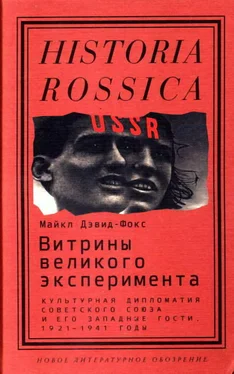
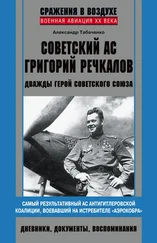
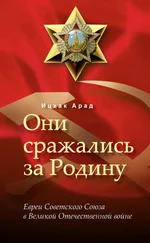
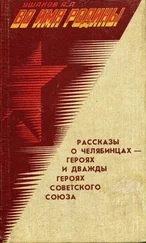

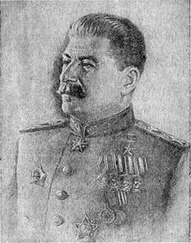
![Золотые звезды Новокузнецка [Герои Советского Союза, Герои Российской Федерации]](/books/425715/neizvestnyj-avtor-zolotye-zvezdy-novokuznecka-ger-thumb.webp)

